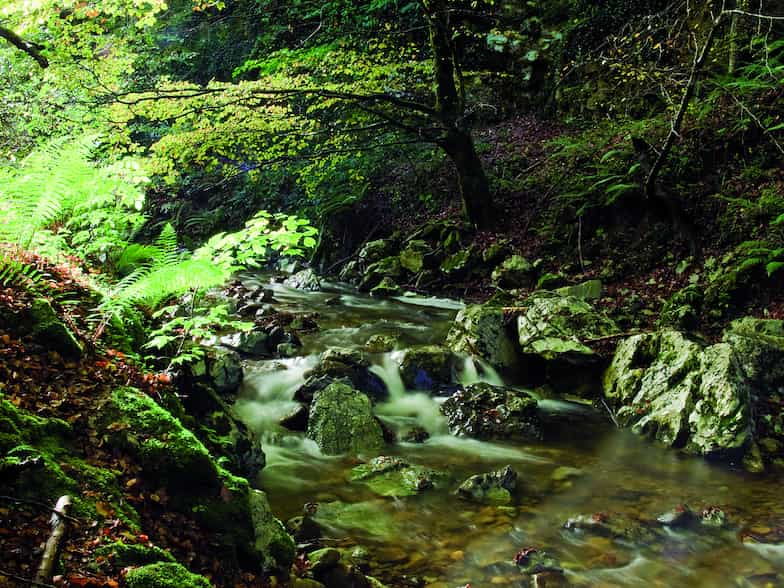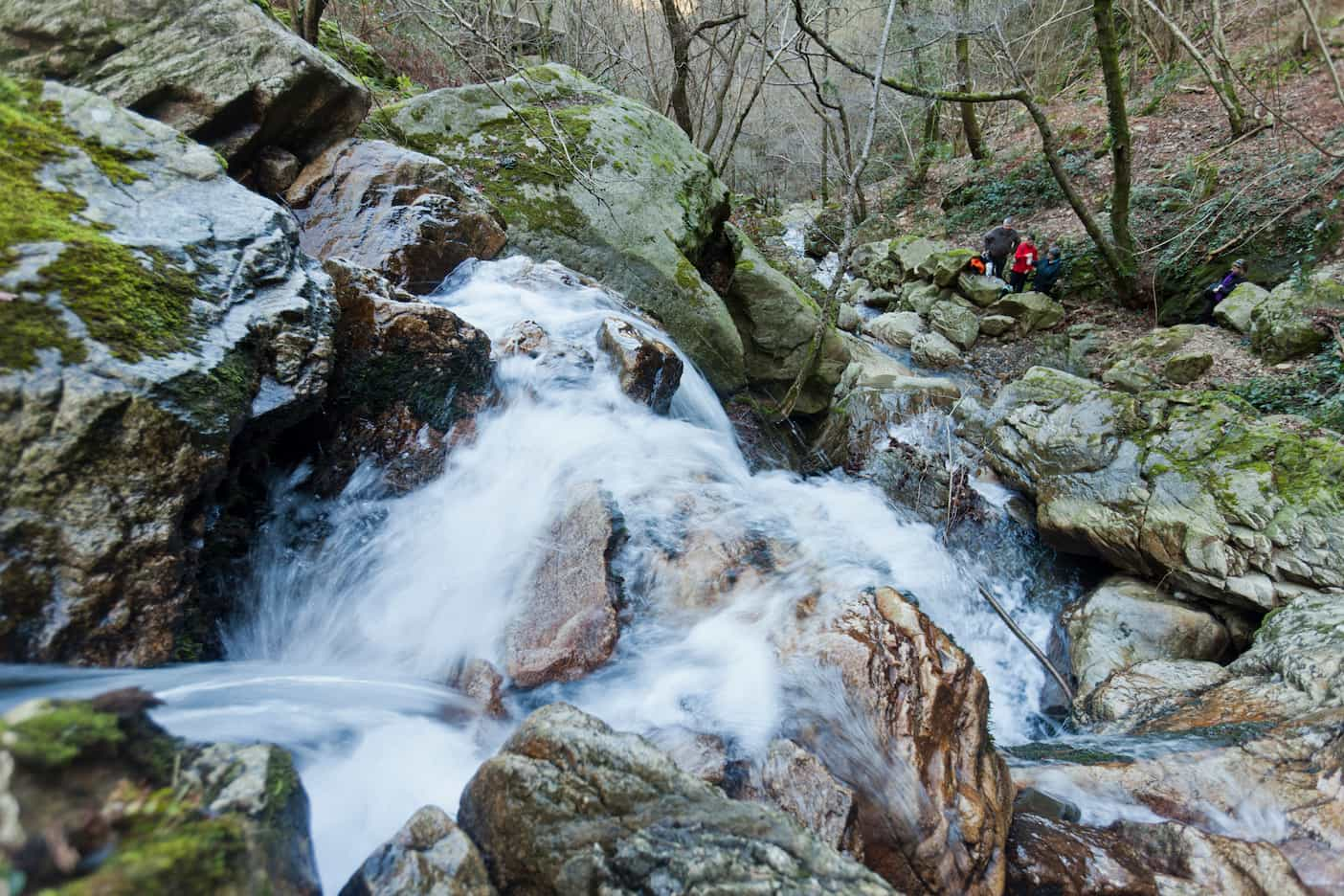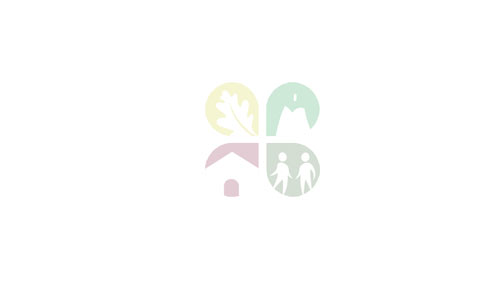The Aiako Harria Natural Park is an enclave of singular beauty located in the foothills of the Pyrenees, on the eastern tip of Gipuzkoa.
The three main peaks are Irumugarrieta (806 m), Txurrumurru (821 m) and Erroilbide (843 m) and which can be reached along several well-marked itineraries.
From Aiako Harria you can admire the Bay of Txingudi, with the towns of Hondarribia, Irún and Hendaya; Mount Jaizkibel and the Oiartzun Valley. The Aiztondo ravine, with a 100-metre waterfall, offers a unique landscape.
Within the rocky mass of Aiako Harria there are dozens of mining shafts and tunnels. The Arditurri mine (Oiartzun), offers a very interesting visit from the Natural Park House, which was once the mines' laboratory. From here you can see the mining operations that took place from Roman times until 1984.
The proximity to the French border led military engineering to look to the mountainous terrain of the area to install fortifications in the territory of the current park that are easy to visit.
The interpretation centre of the natural park is located at one of the entrances to the Aiako Harria natural park, in Oiartzun. It offers an impressive mining landscape which, on the surface, has imposing tailings deposits, opencast quarries, inclined planes and levellings, mine entrances, old mine buildings and even the route of the railway that transported the ore to the port of Pasaia, converted into a pedestrian walkway and greenway. The human footprint is even more extensive underground, with dozens of kilometres of passages.
- Address: Minas de Arditurri, Oiartzun (Gipuzkoa)
- Phone: +34 943 495 069
- E-mail: arditurri@gipuzkoantura.eus

 El Tiempo
El Tiempo






_750.jpg)

-min_500.jpg)























